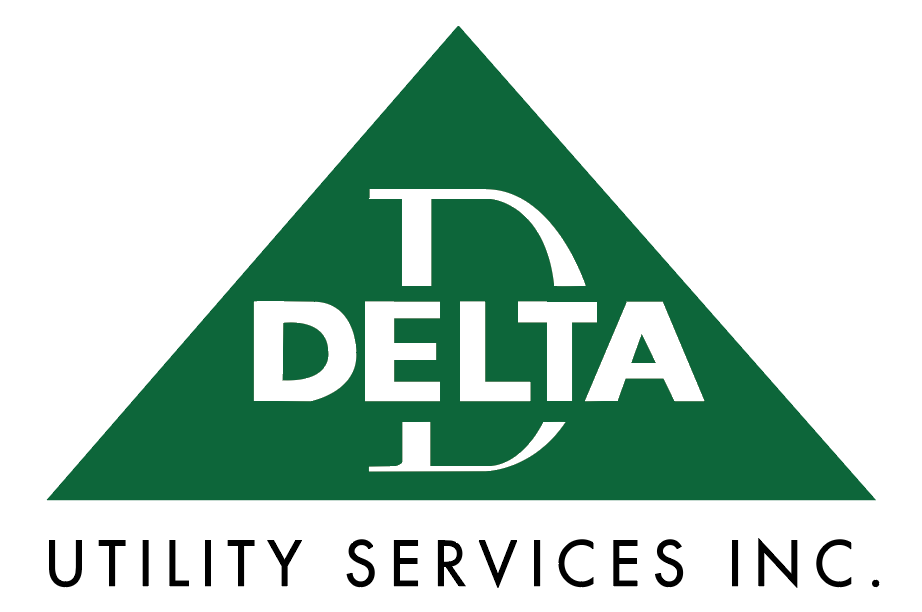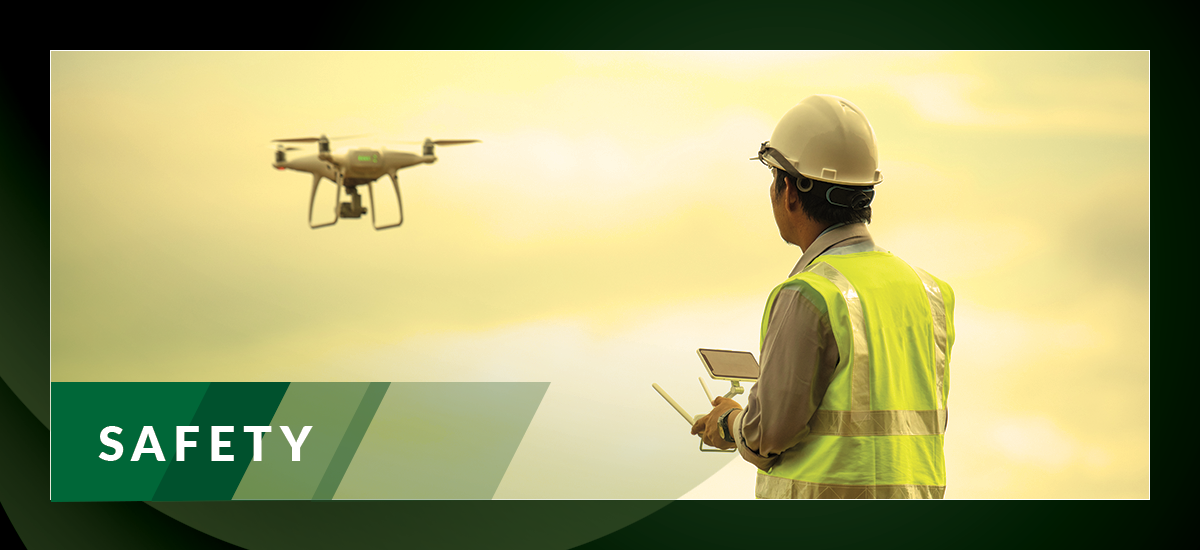
Our industry is always seeking innovative ways to reduce risks and hazards while also improving the reliability of our electric grid.
It’s not a bird…It’s not a plane…It’s a drone!
In 2015, the Federal Aviation Administration (FAA) approved the first energy company, ComEd, to operationally pilot unmanned aircraft systems. The ComEd program has successfully launched more than 250 drone flights, and it continues to expand. By 2020, ComEd anticipates having a fully operational drone program with expanded flight mission capabilities.
Exelon, one of Delta’s main customers, has also invested in the use of drones to raise their safety performance. Their mid-Atlantic utilities, including BGE and PECO, are developing pilot programs to incorporate drone technologies into their everyday operations.
Benefits of the Drone Program
Instead of having to climb tall structures or energized equipment to maintain power lines, workers can use drones to capture system images. The aerial perspective and high-resolution images from drones provide benefits such as:
- Mitigating injury risk for line workers on dangerous terrain
- Analyzing storm damage in locations that might be inaccessible
- Minimizing planned power outages by capturing images of energized equipment while they are running
Technology Advancements for Utilities
With technology continuing to advance, drones can eventually replace other aerial imaging sources such as helicopters. Whereas helicopters might harm the surrounding environment due to their size and wind power, drones minimally impact the environment.
Utilities are also forming 3D maps with hyperspectral imaging and LiDAR technology. This allows them to assess potential risks of the local landscape and vegetation, helping to preserve natural habitats and species.
Delta is excited about our industry’s use of advance technologies to provide a safer environment for our workers and to produce energy more efficiently for our customers.

